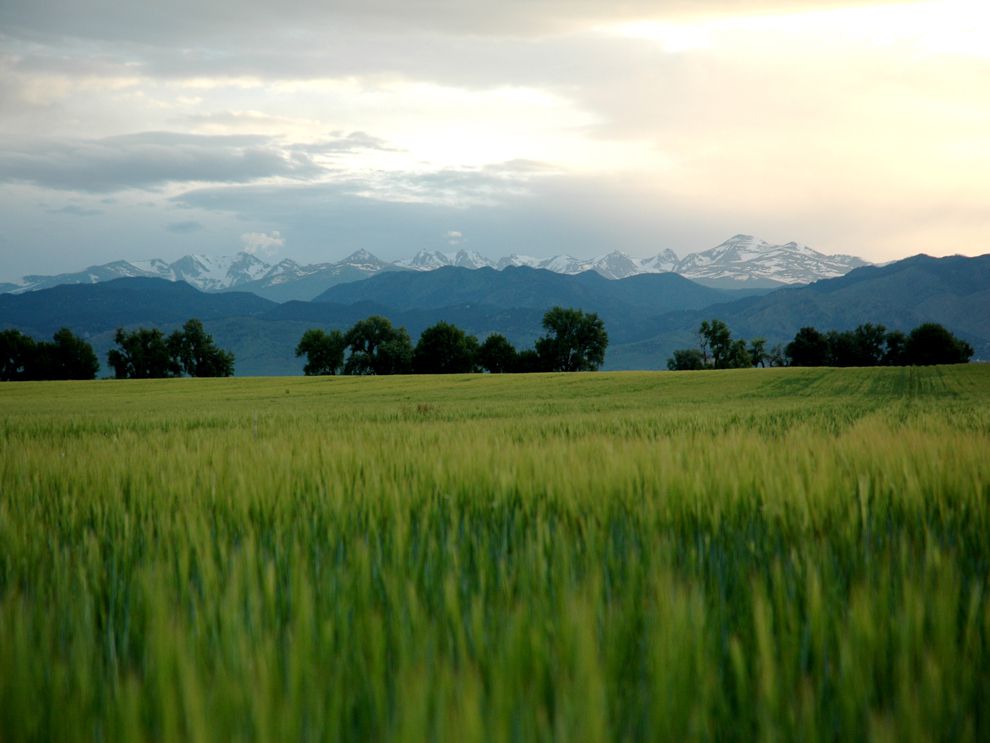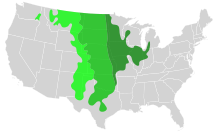Prairies... What are they? Where are they? What lives here?


Pictures retrieved from: https://www.nationalgeographic.org/encyclopedia/prairie/
WHAT ARE THEY?
Prairies are extensive flat grasslands with few trees. Prairies have little to no trees and have moderate rainfall as well as moderate temperatures. Temperature highs are usually 51.1 degrees Fahrenheit and temperature lows are 30.6 degrees Fahrenheit.
Rainfall in the area per year is usually 30.26 inches. This light rainfall allows for plant life to survive but plants in these areas will only live if they can go without water for extensive periods of time.
TYPES OF PRAIRIES:
There are many different types of prairies. There are three basic types of prairies. They fall into three basic types. The first type of prairie is the Wet Prairie. The second type of prairie is the Mesic Prairie. The third type of prairie is the Dry Prairie.
- The Wet Prairie
- This type of prairie has a lot of water. Soils in this environment are typically sandy and have clay.
- The Mesic Prairie
- This type of prairie has some water. Soils in this environment are typically dominated by tall grasses.
- The Dry Prairie
- This type of prairie has little water. Soils in this environment are typically dry over sand and limestone.
WHERE ARE THEY?
Grasslands and or Prairies can be found in the United States near the center of the country. As shown in the chart below. The darker green indicates a tall-grass prairie, the lighter green indicates a mixed grass prairie, and the lighter green indicates a short grass prairie.

Picture retrieved from: https://en.wikipedia.org/wiki/Prairie
WHAT TYPE OF PLANTS LIVE HERE?
Picture retrieved from: https://gardenerdy.com/grassland-plants

Picture retrieved from: https://gardenerdy.com/grassland-plants
One of the plants found in the grassland is called the Blazing Star or (Liatris spicata). This flowering plant is in the South parts of North America. It grows to be about one meter tall.

Picture retrieved from: https://gardenerdy.com/grassland-plants
Another plant found in the grassland is called Pampas Grass or (Cortaderia selloana). This is used for ornamental purposes and grows to be about 10 feet tall.

Picture retrieved from: https://gardenerdy.com/grassland-plants
Another plant found in the grassland is called the Coneflower or (Dracopis amplexicaulis). This plant usually grows to be about 1 meter tall and it commonly grows in North America.

Picture retrieved from: https://gardenerdy.com/grassland-plants
Another plant found in the grassland is called the Rock Rose or (Cistus Incanus). It is found in the Mediterranean region and North America. It thrives with ample sunlight so the grassland is a perfect environment. The seeds of this plant interestingly enough germinate with the help of wildfires.
CLASS PRESENTER: (Michelle Comer, Naturalist)
Our presenter Michelle Comer, is a naturalist who lives in the area. She is a naturalist and works to oversee many of the grasslands and prairies of this area. She currently works in the division of natural areas and preserves.
She has been a naturalist for many years in the state of Ohio. She expressed her concerns and showed that she had a natural act and upbeat attitude to express that she is deeply passionate about grasslands.
She began the "lecture" with an informative powerpoint presentation that included many important details in regards to the different divisions as part of the Ohio Department of Natural Resources (as shown below).
- Ohio Department of Natural Resources
- Division of Wildlife
- Division of Parks and Watercraft
- Division of Parks and Recreation
- Division of Forestry
- Division of Water Resources
- Division of Mineral Resources
- Division of Oil and Gas
- Division of Geological Survey
- Division of Natural Areas and Preserves
She presented us with a interesting statistic to show that their organization supports 40% of endangered species and 58% of threatened species. Also, interestingly enough it supports 83% of the federally listed plant species.
I found this statistic very interesting because I think an organization that thrives on protecting the environment is a great resource for people to become more aware of, and begin to support it.
After the "lecture" presentation, Mrs. Comer took us outside to Urbana Universities prairie. We walked the prairie and were exposed to many new plants, some expressed above. We took pictures, and she explained each of these plants importance to the ecosystem.
Overall, I was intrigued by what Michelle Comer had to present to us, and I am very interested in learning more about this complex ecosystem.

Comments
Post a Comment